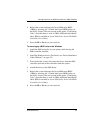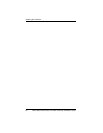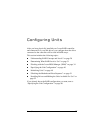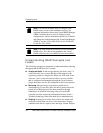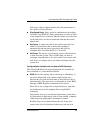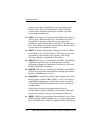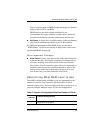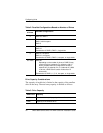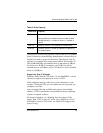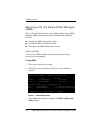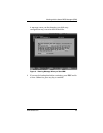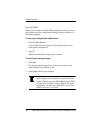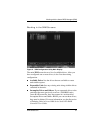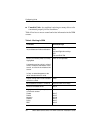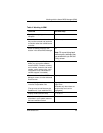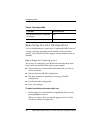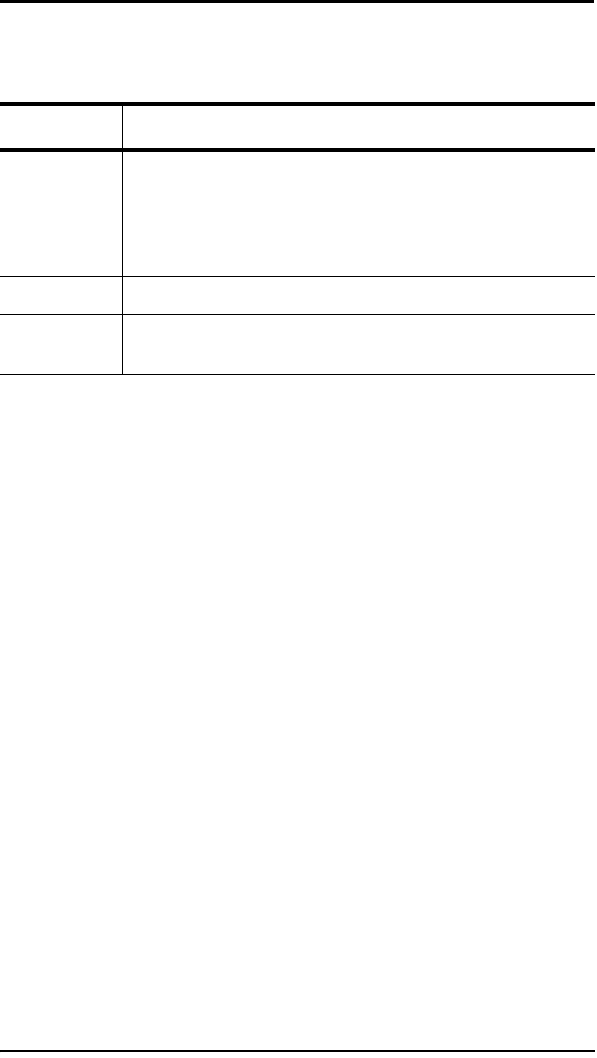
Determining What RAID Level to Use
www.3ware.com 33
Through drive coercion, the capacity used for each drive is rounded
down so that drives from differing manufacturers are more likely to
be able to be used as spares for each other. The capacity used for
each drive is rounded down to the nearest GB for drives under 45
GB (45,000,000,000), and rounded down to the nearest 5 GBytes
for drives over 45 GB. For example, a 44.3 GB drive will be
rounded down to 44 GBytes, and a 123 GB drives will be rounded
down to 120 GBytes.
Support for Over 2 Terabytes
Windows 2000, Windows XP, Linux 2.4, and FreeBSD 4.x, do not
currently recognize unit capacity in excess of 2 TB.
If the combined capacity of the drives to be connected to a unit
exceeds 2 Terabytes (TB), you can enable auto-carving when you
configure your units.
Auto-carving divides the available unit capacity into multiple
chunks of 2 TB or smaller that can be addressed by the operating
systems as separate volumes.
For more information, see “Enabling Auto-Carving for Units
Larger Than 2 TB” on page 47, and in 3ware 9000 Series Serial
ATA RAID Controller User Guide, see “Multi LUN Support and
Auto-Carving.”
RAID 5 (number of drives - 1) X (capacity of the smallest drive)
Storage efficiency increases with the number of disks:
storage efficiency = (number of drives -1)/ (number of
drives)
RAID 10 (number of drives / 2) X (capacity of smallest drive)
RAID 50 (number of drives - number of subunits) X (capacity of
the smallest drive)
Table 3: Drive Capacity
RAID Level Capacity



